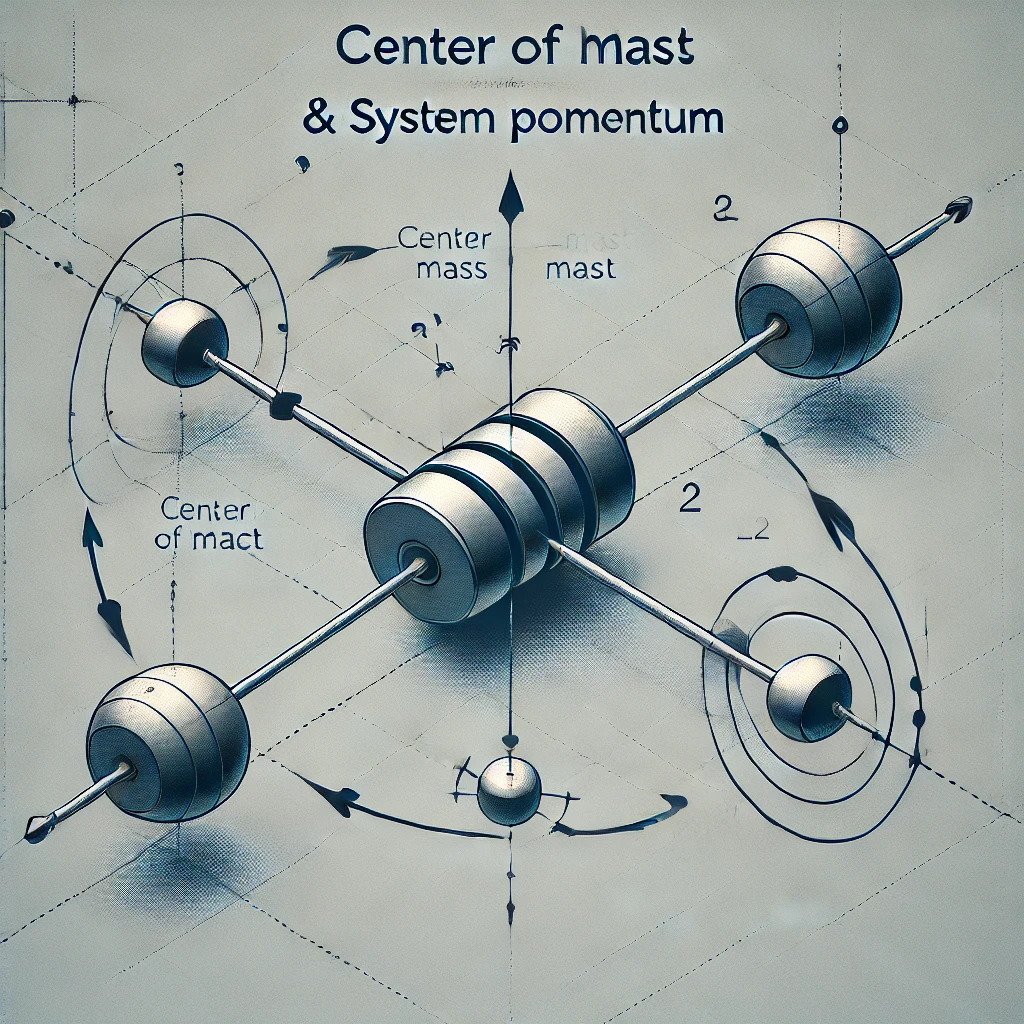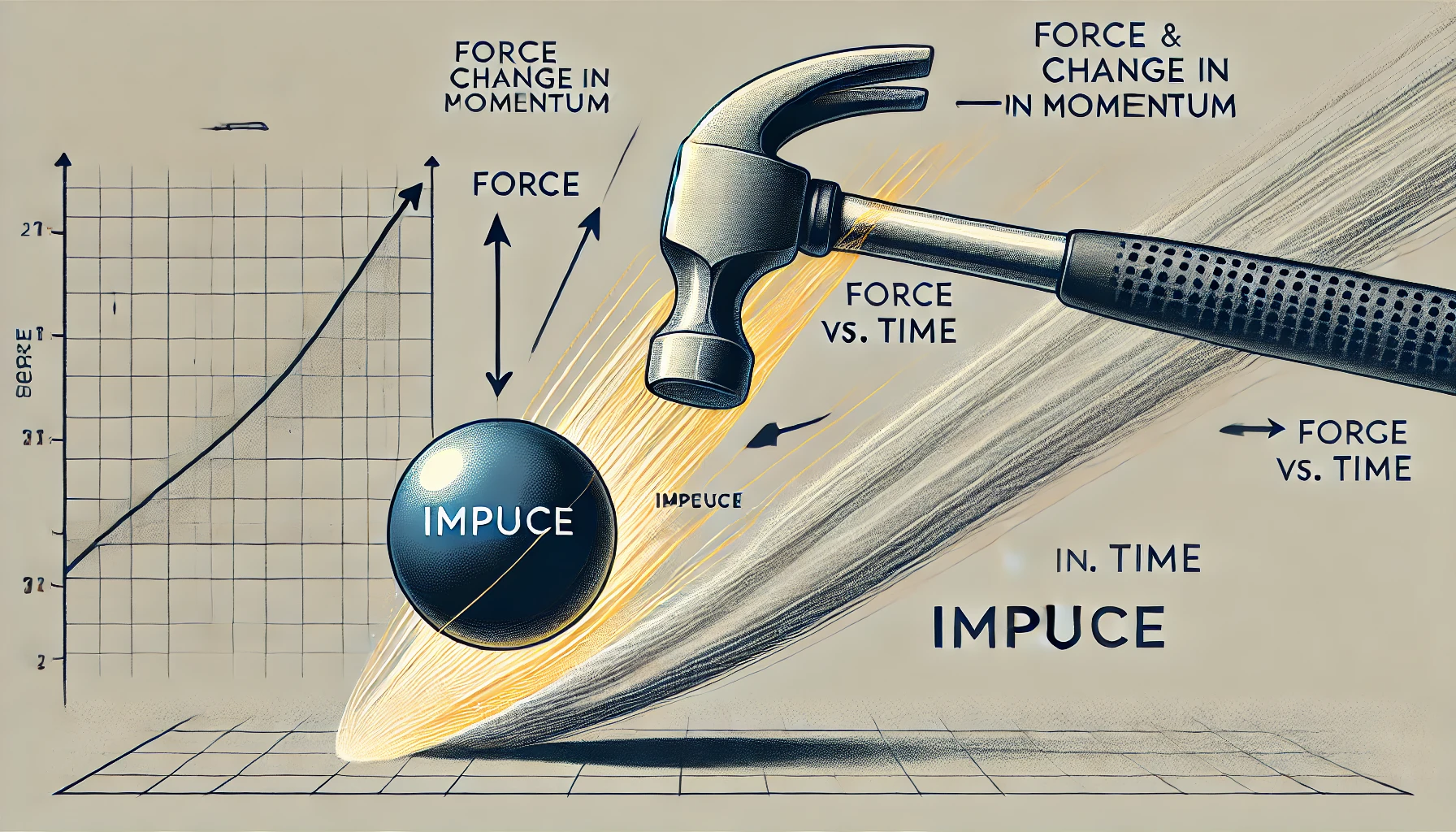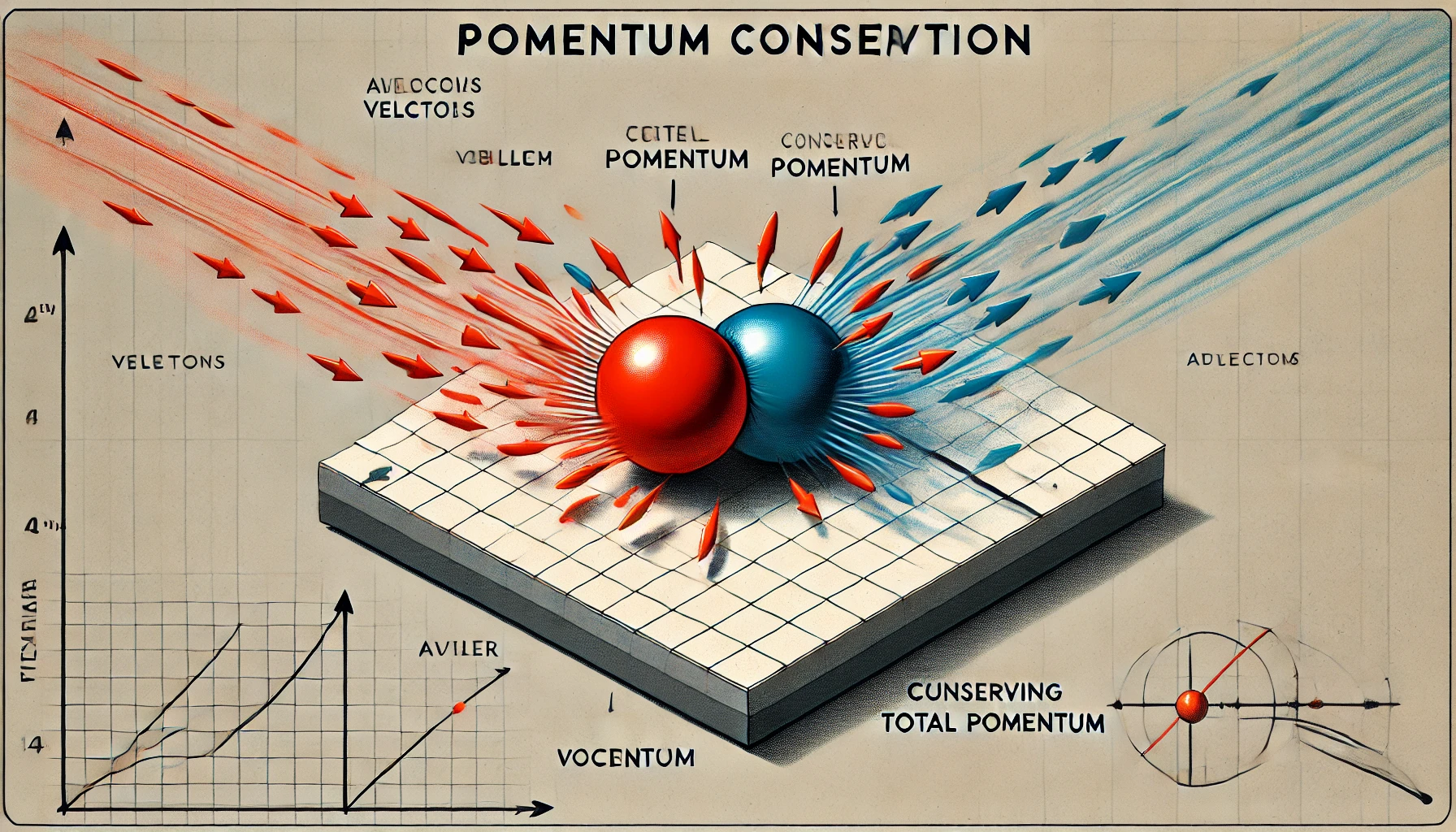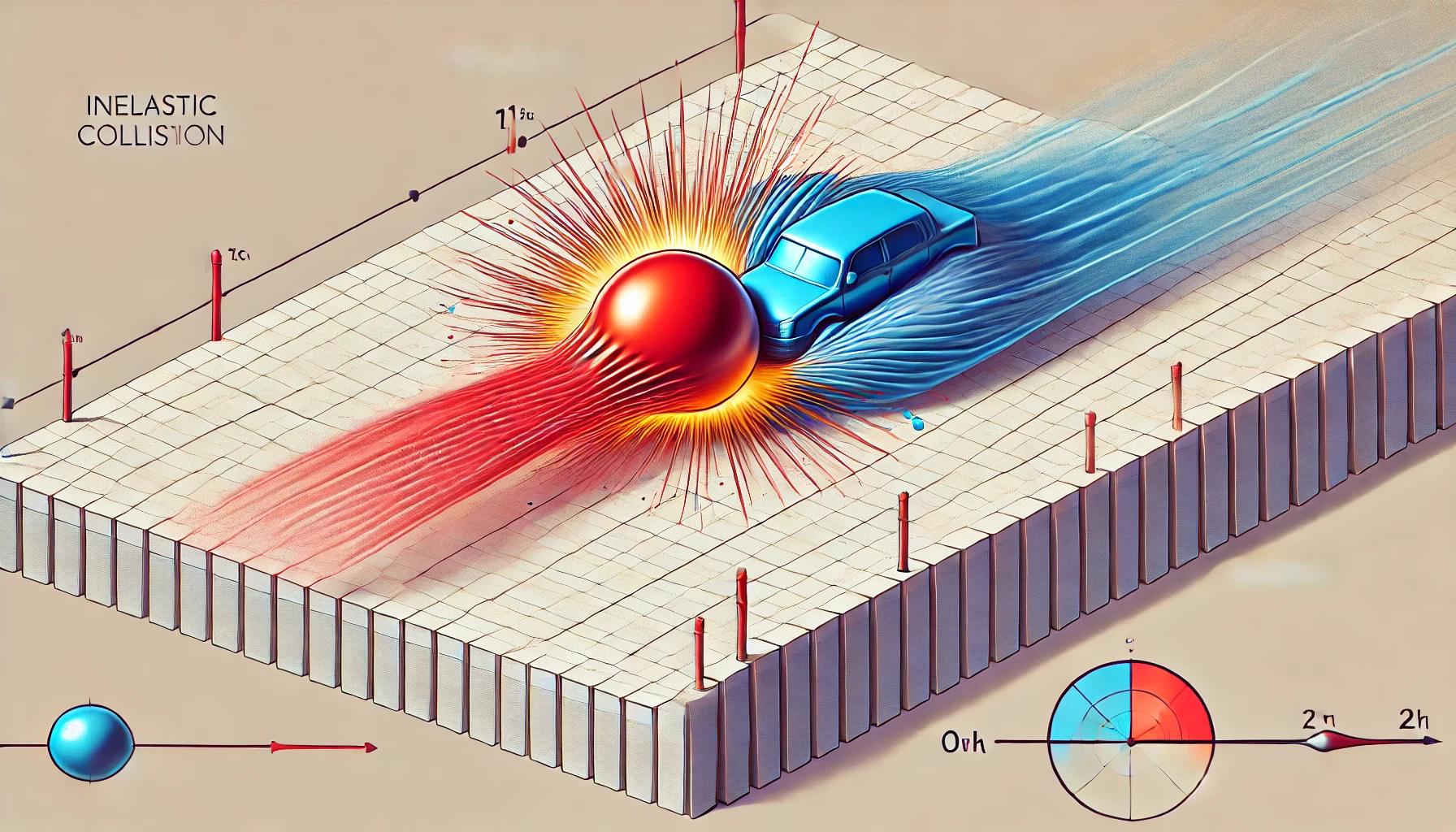The UK Army: Strength, Tradition, and Global Commitment
The United Kingdom’s Army, often referred to as the British Army, is a symbol of strength, resilience, and dedication. Established in 1660, it has played a critical role in shaping the history and security of not just the UK, but also the world.
Historical Legacy
The British Army boasts a rich history, having participated in pivotal conflicts such as the Napoleonic Wars, both World Wars, and more recent operations in Iraq and Afghanistan. Its contribution to peacekeeping missions and humanitarian aid showcases its evolving role in a modern context.
Structure and Organization
The UK Army is structured into various regiments and corps, each with unique roles and traditions. It includes infantry, artillery, armored units, engineers, medical corps, and logistics, ensuring a well-rounded force capable of handling diverse operations. The Army operates under the Ministry of Defence and is commanded by the Chief of the General Staff.
Modern Capabilities
Equipped with advanced technology and state-of-the-art equipment, the UK Army is a modern fighting force. From Challenger 2 tanks to Apache helicopters, its arsenal supports its versatility in combat and peacekeeping roles. Cyber defense and artificial intelligence have also become integral to its strategy.
Global Presence
The British Army maintains a strong international presence, with bases and personnel stationed worldwide. It is a key member of NATO and the United Nations, contributing to collective security and peacekeeping missions.
Tradition Meets Innovation
One of the hallmarks of the UK Army is its deep-rooted traditions, exemplified by ceremonies such as Trooping the Colour and the role of the Household Division in guarding the monarchy. Despite this, the Army continuously evolves, integrating modern tactics and technologies.
Joining the UK Army
The British Army offers diverse opportunities, from combat roles to specialized careers in engineering, medicine, and IT. It emphasizes values like integrity, respect, and courage, attracting individuals who seek purpose and challenge.
Commitment to Service
Beyond combat, the UK Army is committed to humanitarian aid, disaster response, and supporting communities during crises. This multifaceted role underscores its importance as a global force for good.
The UK Army remains a cornerstone of national security and an enduring symbol of Britain’s commitment to peace and stability in an ever-changing world.
https://zireemilsoude.net/4/8591310





